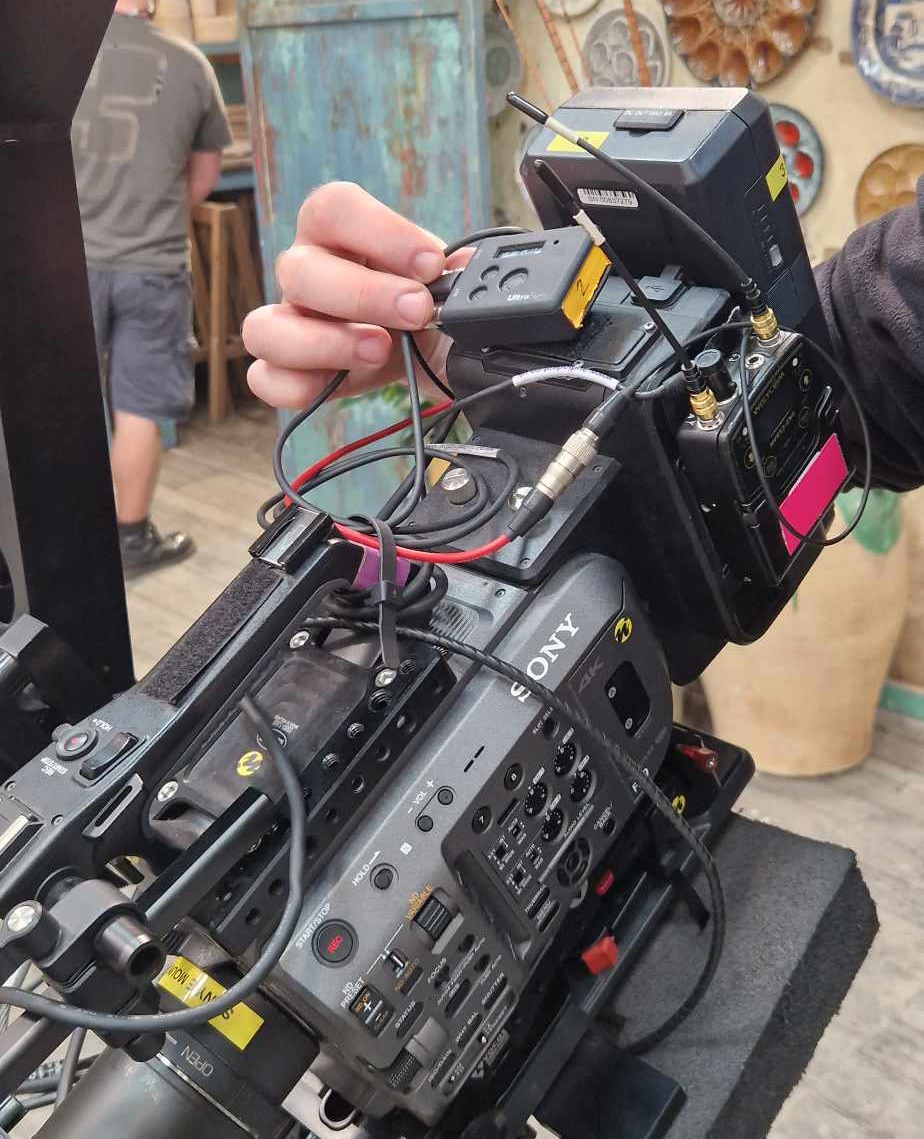Creating the popular reality television series, The Great Pottery Throwdown, was no easy task for the team at Love Productions. Recording the presenters and contestants in action required those working behind the cameras to be vigilant and fast paced to successfully capture the extraordinary moments on-set. Thanks to Atomos’ unique AirGlu technology, the end-to-end process of filming and postproduction was simplified with help from the UltraSync One and UltraSync Blue timecode devices, leaving the team to focus on the task at hand.
Atomos AirGlu technology is a smashing success for The Great Pottery Throwdown
Filming and postproduction of popular British television series, The Great Pottery Throwdown, was streamlined thanks to the help of Atomos’ unique AirGlu technology and the UltraSync One and UltraSync Blue timecode devices.

The Great Pottery Throwdown sees amateur potters compete by designing one-off masterpieces to win the show. As with many reality programmes, it requires a dedicated crew with a host of reliable equipment to ensure the contestants’ successes and pitfalls throughout the process are captured first time around. The team opted for a combination of Sony FX9 and A7S III cameras, alongside twelve GoPro HERO11 cameras, to record every angle of the contestants at work.
With a production of this scale, many hours can easily be spent manually aligning multiple media sources in postproduction. With Atomos’ AirGlu technology, frame-accurate timecode wirelessly transmitted between all UltraSync One and UltraSync Blue devices was used to feed timecode into cameras and audio devices on-set, streamlining the subsequent editing process.

Utilising Atomos’ timecode technology
The UltraSync One was the perfect choice to attach to the FX9 and A7S III cameras with multitrack audio recorders in the sound bags and video village. Its lightweight and compact design allowed units to be mounted to the cameras without obstructing the operator’s view. Once filming began, the UltraSync Ones ensured the content captured from the cameras and audio devices on set were synchronised wirelessly over RF with rock-solid timecode, genlock or wordclock. The UltraSync’s impressive battery life of 25 hours withstood long days on set, allowing timecode to run simultaneously to external devices throughout the duration of filming.
While UltraSync One can send or receive timecode over AirGlu RF only, UltraSync Blue synchronises over AirGlu RF and simultaneously transmits AirGlu BT (Bluetooth) to compatible cameras, sound recording devices and apps. To synchronise the GoPro HERO11 cameras, camera assistants paired two UltraSync Blue units via Bluetooth to the UltraSync Blue iOS Slate app. The latest feature of the app generates a timecode QR code to display to the cameras, allowing them to recognise the timecode and automatically jam their own timecode to it quickly. Timecode transmitted from the UltraSync Blues ensured the entire GoPro workflow was flawlessly synchronised, saving many hours in post-production.

After filming had finished, the embedded timecode in the video and audio files, originally sourced from the UltraSync One and UltraSync Blue, was used to hugely simplify and automate the multicamera and separate sound syncing process in the editing software.
This setup provided accurate sync for over 22 cameras and 6 multitrack audio recorders, but Atomos’ timecode solutions can provide production teams of any size the ability to save time and resources with unrivalled AirGlu technology. Needless to say, the UltraSync One and UltraSync Blue left the team at Love Productions as fired up as their kilns, and ready to tackle the next shoot.